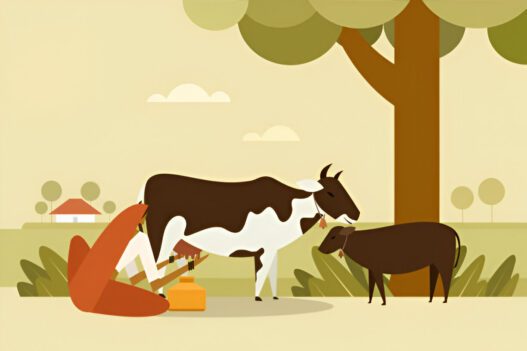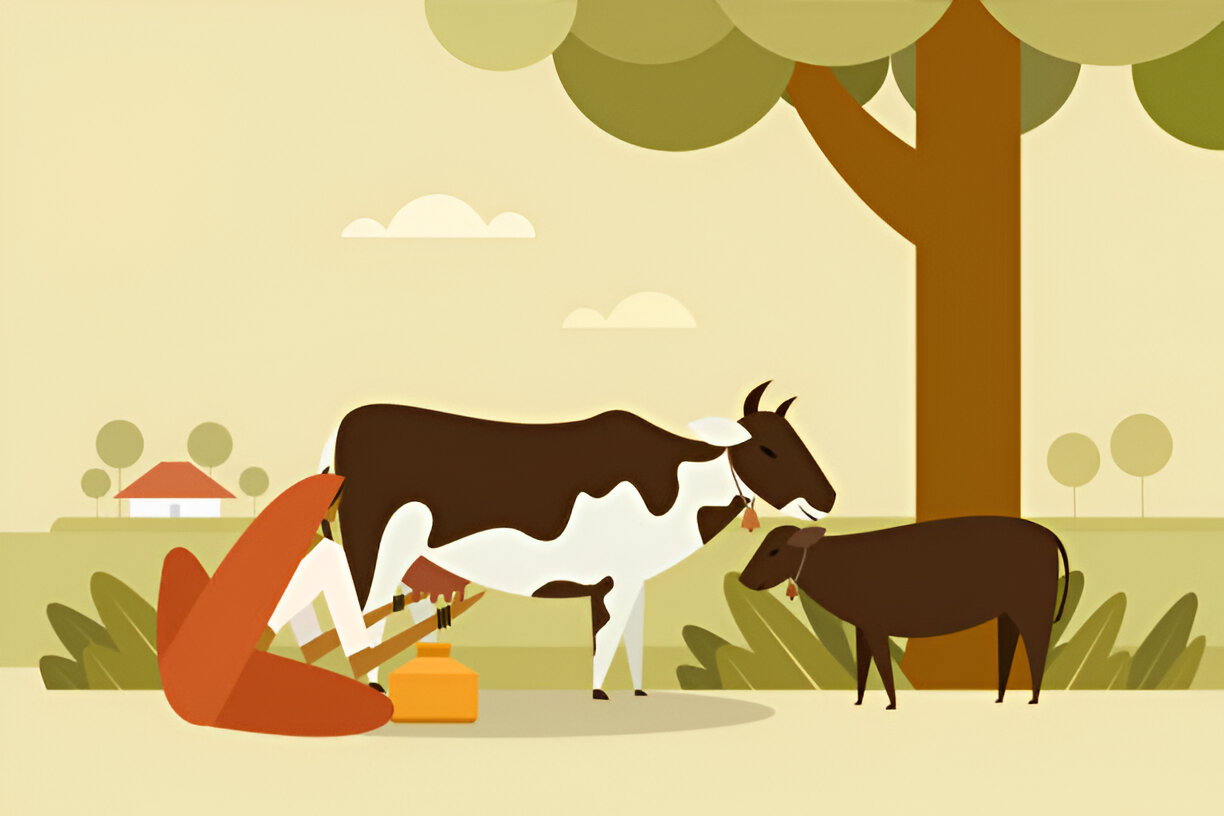The Indian government is deeply invested in safeguarding its livestock population. The Livestock Health and Disease Control Scheme, implemented by the Department of Animal Husbandry and Dairying, stands as a vital initiative to improve animal health, prevent disease outbreaks, and uplift the socio-economic status of livestock farmers. This article explores the key components of this scheme and its transformative impact on India’s animal husbandry sector.
Core Objectives: A Multifaceted Approach to Animal Well-being
The scheme’s primary objective is to enhance animal health through strategic, prophylactic vaccination programs against various diseases affecting livestock and poultry. Capacity building for veterinary professionals, robust disease surveillance, and the strengthening of veterinary infrastructure are also integral to the scheme. The ultimate aim is to prevent and control diseases, increase animal productivity, and improve the livelihoods of livestock and poultry farmers across India.
Key Components: Targeted Interventions for Disease Control
The scheme focuses on several critical areas:
-
Peste des Petits Ruminants (PPR) Eradication Programme: The scheme aims to eliminate PPR, a devastating disease affecting sheep and goats, by 2030 through mass vaccination efforts. It ensures 100% effective coverage of small ruminants, and includes migrant flocks.
-
Classical Swine Fever (CSF) Control Programme: This initiative seeks to control CSF in pigs, emphasizing mass vaccination of the entire eligible pig population and enhanced surveillance to ensure effective disease control.
-
Establishment and Strengthening of Veterinary Hospitals and Dispensaries (ESVHD) – Mobile Veterinary Units (MVUs): This component aims to bring veterinary services to the farmers’ doorsteps using Mobile Veterinary Units. These custom-built vehicles are equipped with diagnostic tools, medicine and other equipment, with the aim of providing easily accessible treatment for animals.
Implementation Strategy: A Coordinated Approach
The implementation of this scheme involves various stakeholders. State governments designate a State Implementing Agency (SIA) or Livestock Development Board (LDB) to oversee the execution of the program. These agencies are responsible for developing guidelines, defining roles, and implementing action plans. The scheme employs a multi-layered approach, with both central and state governments contributing to its success.
Mobile Veterinary Units (MVUs): Accessible Healthcare at Farmers’ Doorsteps
To enhance veterinary services in remote areas, the scheme promotes the use of mobile veterinary units. These units are equipped with diagnostic tools, medicines, and even minor surgery equipment. Each MVU has a veterinarian, a para-veterinarian, and a driver-cum-attendant. The scheme also establishes call centers to manage service requests and deploy MVUs efficiently.
ASCAD: Addressing a Spectrum of Animal Diseases
The Assistance to States for Control of Animal Diseases (ASCAD) program focuses on controlling a variety of livestock and poultry diseases. The scheme prioritizes vaccination against zoonotic diseases like anthrax and rabies and supports research into emergent and re-emergent diseases. It also facilitates compensation to farmers for culling poultry in outbreaks and promotes awareness and training for veterinary professionals and farmers alike.
Financial Provisions and Fund Flow: A Multi-tiered System
The scheme is funded by both central and state governments. While the central government provides full funding for specific programs, most components function under a central-state funding model (usually 60:40, 90:10 for NE & Himalayan States, and 100% for UTs). Funds are channeled through Small Industries Development Bank of India (SIDBI) for entrepreneurship programs. Subsidy amounts are released in installments and are linked to project progress. Self-financing projects are also encouraged through bank guarantees. The mission provides a range of assistance for fodder seed production, and for establishing various livestock units.
Monitoring and Evaluation: Ensuring Effective Results
The scheme also incorporates a robust monitoring system at national, state, and district levels. The National Steering Committee (NSC) oversees the overall implementation. State Monitoring Units (SMUs) monitor the programs’ effectiveness at the state level. Furthermore, district-level monitoring units (DMUs) coordinate on-the-ground implementation. Additionally, independent third-party evaluations are scheduled to assess the effectiveness of the scheme in meeting its objectives. This comprehensive monitoring approach ensures that the programs remain effective, accountable, and aligned with the overall mission of disease control.
Conclusion
The Livestock Health and Disease Control Scheme is crucial to improve animal health and the livelihoods of livestock farmers. Its comprehensive strategies to control diseases, expand veterinary services, and increase surveillance have the potential to transform India’s animal husbandry sector. The scheme’s focus on mass vaccination campaigns, the use of mobile veterinary units, and detailed monitoring and evaluation systems shows the commitment to disease eradication and higher animal productivity.




